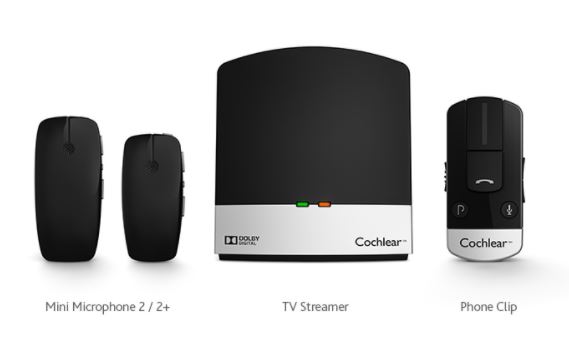Cochlear implant social bluffing is pretending to hear or understand something that is being said and behaving in a way that looks like you understand, even when you have little or no idea as to what was said. So, should we continue to hone this skill?
Survival skill or conversation crasher?
Basically, it’s a way to go along and avoid having to interrupt for clarification. You may smile, laugh, nod and pretend understanding to overcome an awkward moment or to feel part of the conversation. Unfamiliar or formal situations with people who are not well known to us are often more likely to trigger bluffing behavior. Bluffing may indeed seem like a “survival skill,” but in many situations, coping habits like this can be counterproductive. Both conversational parties lose out.
Bluffing may often make the problem worse. Trying to avoid and cover up can be tiring and stressful and social bluffing is often a huge strain for the “bluffer”.
Bluffing can create misunderstandings and may undermine the kind of open communication that is so important to personal relationships.
Engaged coping strategies
We practice cochlear implant social bluffing because we are using what is called emotion-focused or disengaged coping strategies rather than problem-focused or engaged coping strategies.1 We use emotion-focused strategies to make us feel better, but we need to focus on using problem-focused strategies that help us communicate better.
Problem-focused or engaged coping means taking action in order to manage hearing loss, such as using assistive technology and communication tactics.
While not always easy, it may be better to be open about your hearing loss. Depending on the people and the social situation it can be appropriate to tell people what they need to do in order to help communication. Make sure you are trying to communicate in the best environment. Ask for the music to be turned down or the lights to be turned up if that is what you need.
Remember you have the right to understand and participate. Cochlear’s True Wireless™ accessories are designed to help you hear better in challenging situations. With our True Wireless accessories, you can stream sound directly to your sound processor using built-in 2.4 GHz wireless protocol that Bluetooth®2 and Wi-Fi devices depend on.
Take action and participate today with Cochlear’s True Wireless™ accessories.
- Heffernan et al., International Journal of Audiology, 2016
- The Bluetooth® work mark and logos are registered trademarks owned by Bluetooth SIG, Inc., and any use of such marks by Cochlear Limited is under licence.

